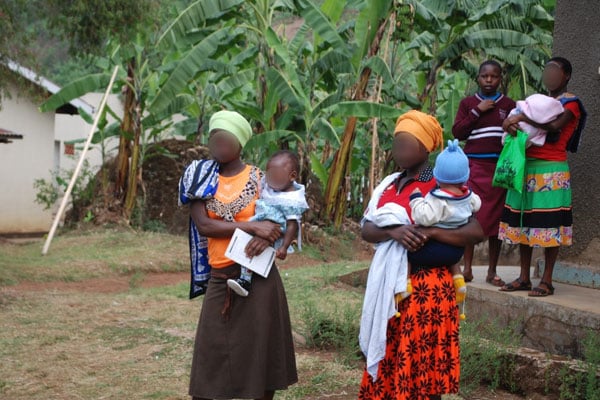Uganda’s economic and social burden of teenage pregnancy

What you need to know:
- The bedrock of achieving of this strategy is rapid fertility decline, arising mainly from young people delaying marriage and childbirth as they complete their education and build their careers, which will trigger the age structure transformation and in turn ensure Uganda realises the Demographic Dividend.
The third National Development Plan (NDP III) explicitly articulates that Uganda’s main Demographic Dividend harnessing strategy is built around ensuring adolescents are healthy, properly educated and appropriately skilled to take up jobs that will be created in the economy. The bedrock of achieving of this strategy is rapid fertility decline, arising mainly from young people delaying marriage and childbirth as they complete their education and build their careers, which will trigger the age structure transformation and in turn ensure Uganda realises the Demographic Dividend.
The report of the cost of inaction of teenage pregnancy by Uganda National Population Council shows that eight in every 10 children (84 percent) are sexually abused in the afternoons and evenings, mainly on the roadside and in natural fields. This sexual abuse predisposes them to pregnancy and explains the unchanging level of teenage pregnancy in Uganda. According to the Health Management Information System (HMIS), teenage pregnancy contributed nearly two million births in Uganda between 2016 and 2020, which gives an average of 30,000 teenage births per month.
Teenage pregnancy is a public threat and growing concern that needs to be put in Uganda’s agenda. There is growing rate of children dropping out of school due to teenage pregnancies with its associated results. For a long time, the school policy has been to expel pregnant girls from schools, thus terminating their education. Although there seems to be a softening of this policy stance, particularly during the Covid-19 period, its implementation is still unclear and there is still a lingering social stigma against teenage pregnancy that will almost ensure the affected girls drop out of school. Early pregnancy or childbirth can be dangerous to the mother and her child since some young girls may not be physiologically mature enough to give birth. In some cases, young women have turned to unsafe abortions.
The 2016 Uganda Demographic and Health Survey (UDHS) showed that the neonatal mortality rate among infants born to teenage mothers was 55 deaths per 1,000 live births, compared to the 25 per 1,000 among infants born to mothers aged 20 – 29 years. The report highlights that teenage mothers were found to be contributing a disproportionately larger share in the country’s maternal mortality situation. It is estimated that teenage pregnancy is responsible for about 19.8 percent) of the Infant deaths.
According to the World Bank’s tenth Uganda Economic Update (2021), girls who are married or have children at a young age experience poor health, have had more children over their lifetime and have held low productivity and low paying jobs during adulthood. Teenage mothers are three times less likely to have professional jobs and twice more likely to be self-employed in agriculture. About half of the teenage mothers (47percent) are peasants in subsistence agriculture. Only five percent of the teenage mothers are employed in professional occupations thus a burden to the country’s economy.
A study on cost in action of teenage pregnancy shows that families of all teenage mothers in 2020 spent Shs689.9 billion (on babies to complete secondary education. Such cost would have been averted if there were no teenage pregnancies. The study further illustrates teenage pregnancies has led to financial burden on the household, pointing out that a teenage mother and her child’s health care spends an estimate of Shs992, 426. It’s imperative to note that the per capita expenditure for minor health care of a child per episode is estimated at Shs29,645.
We, therefore, advocate for government investment in adolescent girls’ education as a game changer in harnessing demographic dividends, as well articulated in the third National Development Plan.
Addressing the substantial risks and suffering faced by adolescent girls and their children will also produce huge economic gains and reduce social burdens through strategic policies that impact on the live hoods of teenage mothers.
Gerald Koraneza, Research and Policy Associate at Population and Social Development Institute




